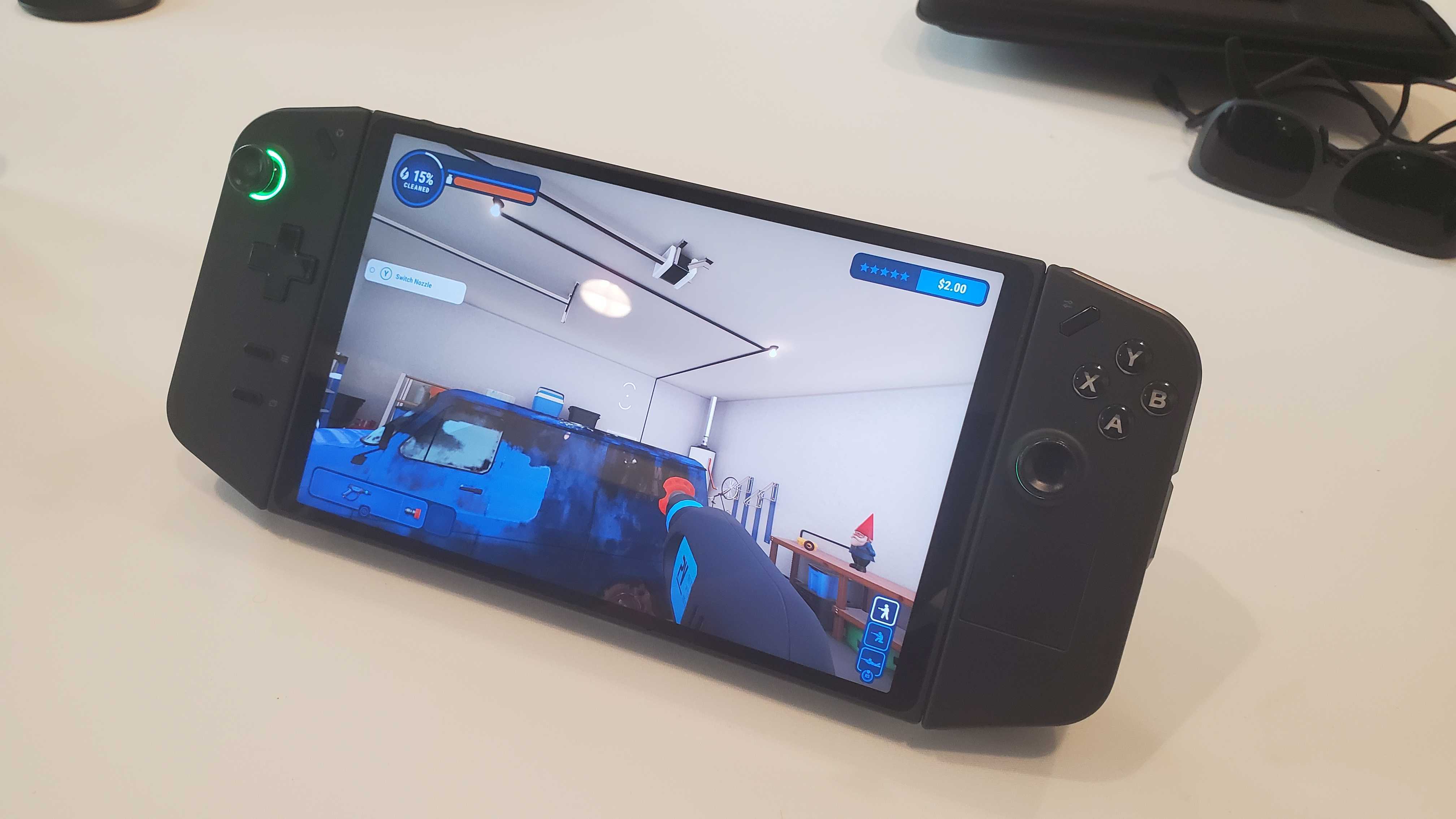[ad_1]

Current public perception of Microsoft within the console wars paints the Windows developer as a unique loser.
Xbox One and Xbox Series X|S sales comparisons to Sony’s peaking PlayStation hardware aside, it’s interesting to see how both gaming rivals approach PC gaming. Going as far back as the formation of their PC table, we’ve seen Sony trickle down first-party developed games from Horizon Zero Dawn to the current successful dual-platform release of Helldivers 2. It even makes sense for the PSVR2 to eventually add PCVR support as that platform has been notably dormant since launching last year.
Meanwhile, Microsoft has continued to make PC Gaming the core of its strategy once Game Pass hits PC in 2019. Between cross-play, cross-progression, cloud capabilities and respectable rotation of third-party games outside of first-party exclusives, the monthly subscription service has become a standard as the “Netflix for games.”
While Sony navigates their way through the PC gaming market, Microsoft has made Windows core to the Xbox’s brand DNA since the beginnings via Direct X. One could say that Xbox has been significantly more pro-consumer than Sony when it comes to gaming on desktops, laptops and the rise of handhelds more recently.
Where PC gaming handhelds fit within Microsoft’s strategy
As both rivals place various focuses on PC Gaming, hardware has evolved and changed following the release of both Nintendo’s Switch and Valve’s Steam Deck. Though Nintendo’s hybrid gaming console uses a proprietary operating system, its chipset comes from Nvidia.
On the other hand, the Steam Deck is an AMD chipset-based device that runs SteamOS but can be easily modified to run Windows. This allowed the user’s gaming library to be extended outside of Steam’s system to allow the usage of GamePass or other launchers like Epic Games.
The potential for Microsoft really opened following the release of Asus ROG Ally which came packed in with Windows 11. Through Gamepass, it’s the best way to play big-budget AAA titles like Forza Horizon 5, Starfield, Halo Infinite and the like on the go alongside Steam.
Sure, GamePass Ultimate does have a cloud service that allows users to stream games. However, playing games natively is the better way to go. When The Verge asked Xbox boss Phil Spencer about the possibility of an Xbox Handheld, he gave praise to Nintendo for the success of the Switch but called himself a big fan of the Ally and Legion Go. Most importantly, he said the company has to do “real work” when it comes to those handheld gaming PCs.
“One of the weak points in the experience on a ROG or the Lenovo [Legion Go] is Windows” Spencer said. “How Windows works on controller input only on that kind of DPI, on a smaller eight- or seven-inch screen. That’s a real design point that our platform team is working with Windows to make sure that the experience is even better.”
The interview was released around the much-talked-about Official Xbox Podcast. It came after many questioned the future of Xbox within the console hardware business.
During that time, Microsoft Gaming executives also announced that Game Pass hit 34 million subscribers. That number also includes Game Pass Core subscribers who make up old Xbox Live Gold customers. Those subscribers should grow as Microsoft releases new games through its first-party studio roster that’s grown significantly since acquiring Activision Blizzard.
With various YouTube videos demonstrating how to install Windows on the Steam Deck that are in the 50K plus view range, it’s clear Microsoft knows it has to be better in the space for the long-term sustainability of Game Pass.
[ad_2]
Source Article Link

